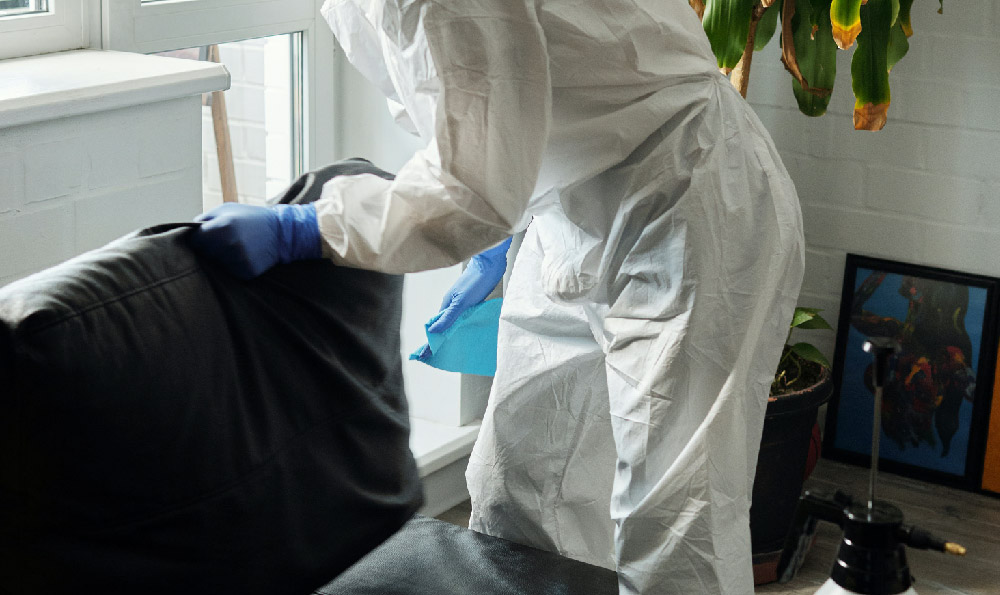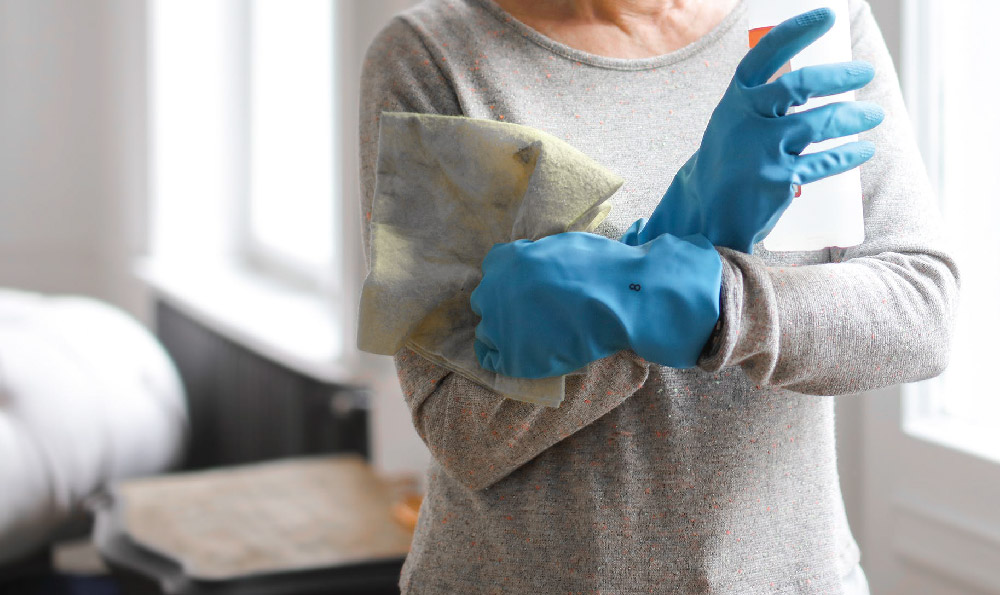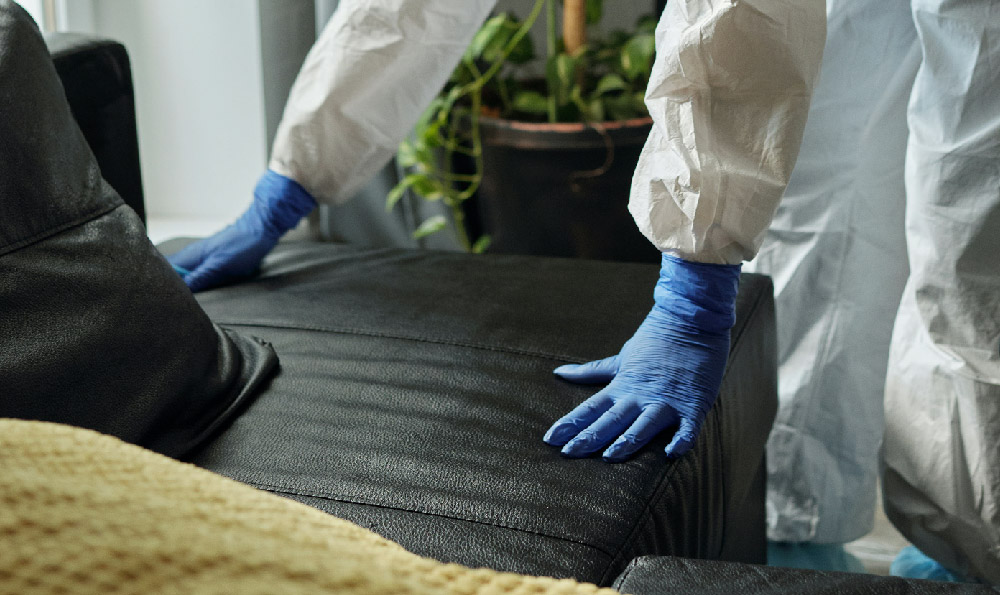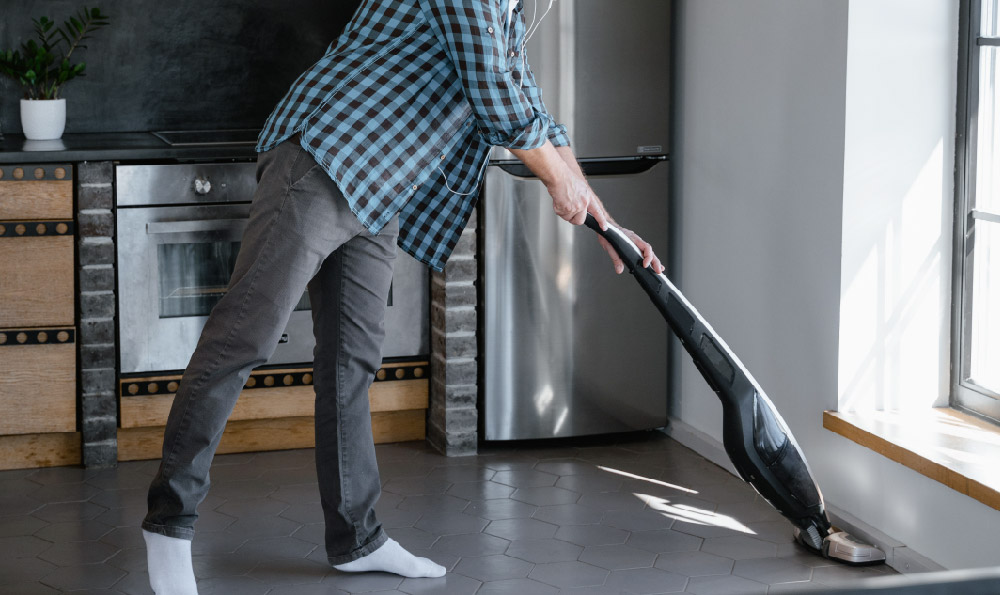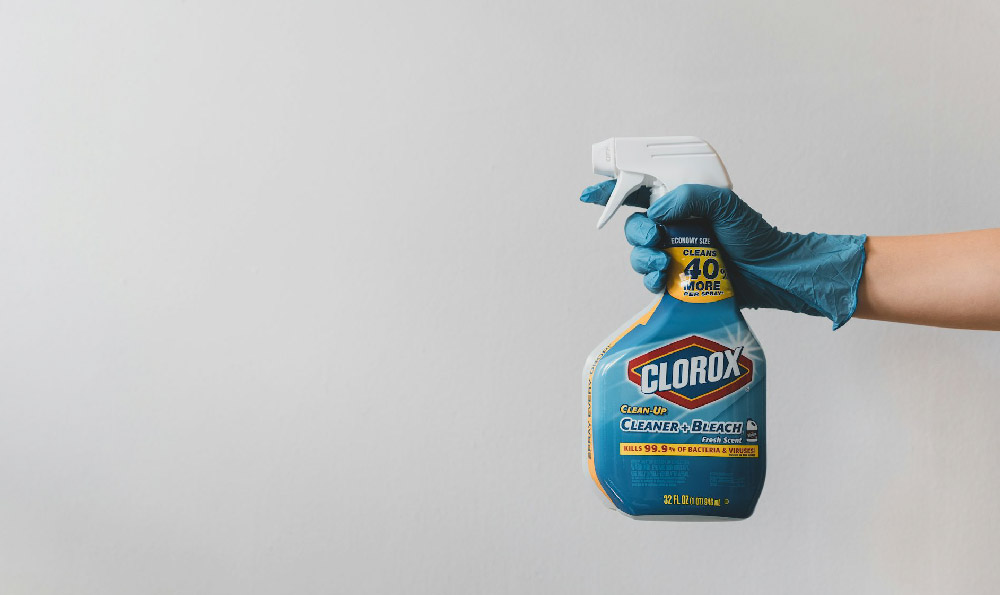
甲醛,作为室内环境中常见的有害气体,具有致癌的潜力,给人们的健康带来了巨大的威胁。对于新装修的房屋或家具,甲醛释放量较大,残留时间较长,给人们带来了困扰和担忧。如何去除室内甲醛,让我们的居住环境更加安全健康呢?
二、快速有效的方法
1. 活性炭吸附法
活性炭是一种具有大量微孔的材料,能够吸附空气中的有害气体,包括甲醛。在新装修的房屋中放置一些活性炭,可以吸附室内的甲醛,达到一定的去除效果。但是活性炭的吸附能力有限,长时间使用后需要更换。对于较高浓度的甲醛,活性炭的去除效果相对较慢。
2. 植物净化法
植物对空气中的有害气体有一定的吸附能力,例如常见的绿萝、虎尾兰等。将这些植物放置在室内,可以通过其吸附能力帮助去除甲醛。植物的去除效果相对较弱,需要大量植物才能发挥一定的作用,且时间较长。
3. 光触媒处理法
光触媒是一种具有催化作用的材料,能够通过与光线作用产生的活性氧分解有害气体,包括甲醛。将光触媒涂在墙壁、家具等表面,可以持续地分解甲醛,达到快速有效去除的效果。光触媒处理法需要光线的照射才能发挥作用,室内光线不足时效果会受到限制。
三、结语
在选择甲醛处理方法时,我们需要综合考虑效果和时间等因素。活性炭吸附法简单易行,但效果较慢;植物净化法需要较长时间和大量植物;光触媒处理法具有快速有效的特点,但需要光线的支持。根据实际情况选择合适的方法进行甲醛处理,才能确保室内环境的安全与健康。希望通过本文的介绍,读者们对甲醛处理时间有了更清晰的认识。
什么去甲醛最快有效
Title The Fastest and Most Effective Way to Remove Formaldehyde

Introduction
Formaldehyde is a harmful chemical widely used in various products, such as furniture, carpets, paint, and adhesives. Its presence in indoor spaces can lead to severe health issues. So, what is the quickest and most efficient method to eliminate formaldehyde? In this industry article, we will explore practical and effective solutions without using technical jargon. Instead, we will employ everyday language and analogies to explain complex concepts, ensuring clarity and understanding.
I. The Power of Ventilation Let Fresh Air Sweep Away Formaldehyde
Proper ventilation acts as a natural air purifier that efficiently removes formaldehyde from indoor environments. Imagine opening all the windows and doors and feeling a refreshing breeze sweep away any unpleasant odor, just like nature rejuvenating the air. This simple yet effective solution allows fresh air to dilute and replace the stagnant air, reducing formaldehyde concentrations significantly.
II. The Miracle of Activated Carbon Absorbing Formaldehyde like a Sponge
Activated carbon acts as a super-absorbent sponge, trapping and eliminating formaldehyde particles from the air. Its vast surface area provides ample space for formaldehyde molecules to adhere, resembling a microscopic magnet attracting harmful chemicals. Using activated carbon-based air purifiers or placing activated carbon bags strategically in the room can expedite the formaldehyde removal process.
III. The Marvel of Houseplants Nature's Air Purifiers
Houseplants not only add beauty to our living spaces but also play a vital role in purifying indoor air. Plants, through a process called phytoremediation, absorb formaldehyde and other toxins and convert them into harmless substances. Think of houseplants as miniature superheroes, silently working to keep us healthy and safe. Popular choices include the peace lily, spider plant, and aloe vera. Placing these indoor plants strategically can significantly reduce formaldehyde levels.
IV. The Technology of Photocatalysis Harnessing Light to Eliminate Formaldehyde
Photocatalysis is an innovative technology that combines light and a catalyst to break down harmful pollutants, including formaldehyde, into harmless substances. It's like a powerful superhero wielding sunlight to vanquish the invisible enemy. By installing photocatalytic air purifiers or incorporating photocatalytic paints and coatings in our homes, we can efficiently and continuously remove formaldehyde, ensuring a healthier living environment.
V. The Role of Professional Testing Ensuring Effective Formaldehyde Removal
While these methods are effective, professional testing is crucial to assess the success of formaldehyde removal. Testing ensures that the concentration levels have reached safe standards, providing peace of mind for occupants. Just as a detective investigates meticulously to solve a crime, professional testing leaves no room for uncertainty, ensuring a safe and healthy living space.
Conclusion
In conclusion, eliminating formaldehyde from indoor spaces requires a multifaceted approach. Ventilation, activated carbon, houseplants, photocatalysis, and professional testing play essential roles in achieving the fastest and most effective removal. Just as a symphony relies on each instrument to create a harmonious melody, combining these methods will result in a healthy, formaldehyde-free environment. So, let's prioritize our well-being and take appropriate measures to safeguard ourselves and our loved ones from the harmful effects of formaldehyde.
“甲醛多少算超标”
甲醛超标的问题备受关注。甲醛是一种有毒有害物质,它对人体健康有着潜在的威胁。甲醛多少算超标呢?本文将就这一问题进行解答。

1. 甲醛的定义和来源
甲醛是一种无色、有刺激性气味的化学物质,其最常见的来源是家居装修或办公场所使用的建材和家具。胶合板、密度板、装修漆等材料中都含有甲醛。
2. 甲醛的健康风险
甲醛是一种强致癌物,长期接触可能导致白血病、鼻咽癌等疾病。甲醛还会对呼吸道、眼睛和皮肤产生刺激作用,引发过敏反应和不适症状。
3. 甲醛超标的标准
在我国,室内空气中甲醛浓度的国家标准是每立方米不超过0.08毫克。这只是一个数值,实际中我们更应该关注的是是否超过这个标准。虽然标准是个指导,但每个人的身体状况和对甲醛的敏感度不同,因此尽量减少甲醛的接触是明智的选择。
4. 如何检测甲醛浓度
要想知道室内空气中甲醛是否超标,我们可以借助空气检测仪器,也可以购买甲醛检测盒进行自检。这些工具可以帮助我们了解室内空气中甲醛的浓度,及时采取措施防止超标。
5. 如何预防甲醛超标
为了预防甲醛超标,我们可以从以下几个方面入手:
- 室内通风:及时开窗通风,加强室内空气的流通,有助于甲醛的挥发。
- 选择绿色建材:在装修和家具选择上,尽量选择符合环保要求的绿色建材和无甲醛释放的产品。
- 定期检测:定期使用甲醛检测仪器进行室内空气质量检测,及时发现超标问题,并采取相应措施。
- 植物净化空气:一些室内植物如芦荟、吊兰等对甲醛具有一定的吸附作用,可通过植物来净化空气。
6. 结语
在如今追求健康生活的时代,对甲醛超标问题的关注不断增加。甲醛的超标与我们的健康息息相关。通过了解甲醛的定义、来源、健康风险以及如何检测和预防甲醛超标,我们可以更好地保护自己和家人的健康。让我们共同关注甲醛问题,共同营造一个健康宜居的环境。

